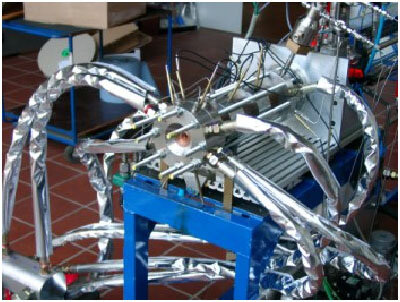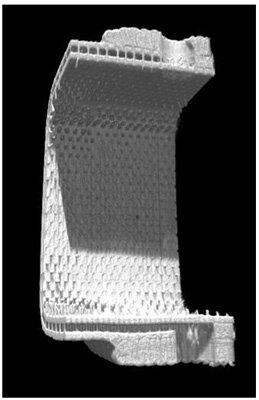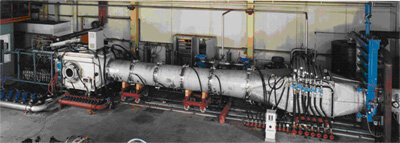Overview
Aerodynamic and Thermal Load Interactions with Lightweight Advanced Materials for High Speed Flight
For high-speed aircraft, material and cooling issues for both airframe and engine are the key elements which force the designer to limit the flight Mach number. The expected benefits of economical, high-performance and high-speed civil-aircraft designs that are being considered for the future will be realized only through the development of light-weight, high-temperature composite materials for structure and engine applications, to reduce weight, fuel consumption, and direct operating costs.
Project Objectives
The objective is to identify and assess advanced lightweight materials which can withstand ultra high temperatures and heat fluxes, enabling flight at speeds above Mach 3. At these high speeds, classical materials used for airframes and propulsion units are not longer viable and need to be replaced by high-temperature, lightweight materials, with active cooling of some parts.
Description of Work

Almost no studies have been performed on supersonic transport vehicles above Mach 3. Concorde and other studies on supersonic transport in America and Japan limited the flight speed to Mach 2 to 2.4, allowing the use of normal aluminium alloys. However, a wide range of heat resistant and light-weight materials are now available but their definition and implementation requires the availability of vehicle system conditions and constraints.

Therefore, the first task will be the revision of the overall design for high-speed transports to increase the lift/drag ratio and volumetric efficiency through the ‘compression lift’ and ‘waverider’ principles, taking into account sonic boom reduction. This should allow vehicle definitions for Mach 3 and Mach 6 cruise flight.
Secondly, materials and cooling techniques and their interaction with aero-thermal loads will be addressed for both airframe and propulsion components. The former will focus on sharp leading edges, intakes and skin materials coping with different aero-thermal loads, the latter on combustion chamber liners. After material characterisation and shape definition at specific aero-thermal loadings, dedicated on-ground experiments will be conducted. Both Ceramic Matrix Composites (CMC) and heat resistant metals will be tested to evaluate their thermal and oxidiser resistance. In parallel, novel cooling techniques based on transpiration and electro-aerodynamic principles will be investigated.

Combined aero-thermal experiments will test various materials specimens with a realistic shape at extreme aero-thermal conditions for elevated flight Mach numbers. Dedicated combustion experiments on CMC combustion chambers will allow the reduction of combustion liner cooling resulting into NOx-reduction and overall thermal efficiency increase.
Finally, particular aero-thermal-material interaction will strongly influence the aerothermal loadings. Conjugate heat transfer, transpiration cooling and compressible transition phenomena are investigated and modelled.
Expected Results
The project duration will be 36 months and is expected to result in:
- the definition of the requirements and operational conditions at system level
- performing of dedicated, in-depth experiments for material characterisation in combination with aero-thermal loads and combustion processes
- setting-up and validation of physical models integrated into numerical simulation tools







